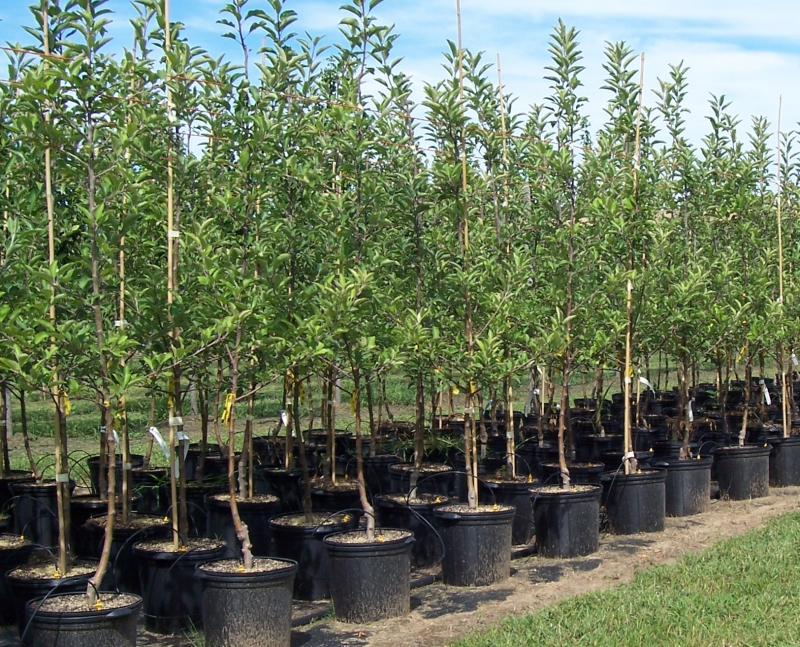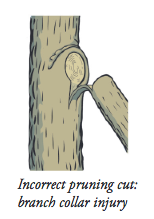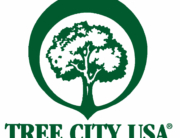It’s hard to believe it is almost mid-October with this amazingly warm weather. We all know this can all change, though! Early to mid-fall is a good time to plant perennials and trees in Bend and Central Oregon. Our local nurseries and landscape supply places have a good supply of trees that are suitable for our region and are very knowledgeable about tree planting.
As we say with many tree related choices—do your research and plan your tree planting carefully. This includes finding and purchasing high quality trees.
Much like humans, a tree that has had a happy, healthy early life has a better chance of living a long, healthy and prosperous life in your yard! A high quality tree, when planted and cared for correctly, can be a huge asset to your property. A low quality tree can still be a good thing for your property, but might actually have more maintenance costs and stress over time.
When looking at trees, look for those strong, robust and healthy trees! Here we explain how to check the branches, trunk and roots.
Branch Form
High quality trees have strong form with well spaced, firmly attached branches. Strong form—or tree architecture—starts with branches that are firmly attached and evenly spaced along the trunk. Very upright branches with narrow angles of the attachment may have problems later on as the branches grow. Avoid branches that are very close together or twisted at the base.
Trunk
Buying a tree without thoroughly checking the trunk is like buying a car and noticing later that you drove it off the lot with flat tires. The trunk can be a telltale sign of the health of a young tree. If the trunk is wrapped, remove the wrap and inspect the trunk for wounds, incorrect pruning cuts and insect injuries. Incorrect pruning cuts on the main trunk can be problematic. A correct pruning cut removes the branch just outside of the collar and leaves a ring, or “doughnut” of healthy tissue that then grows around the cut.
Roots
When buying a bare root tree, as is usually the case with small trees, look for intact, strong roots and avoid any roots that are crushed torn or discolored. When looking at balled and burlapped roots, avoid root balls that are damaged or compressed. The top of the root ball should also be flat and should be at least 10 to 12 times the diameter of the trunk when measured 6 inches about the trunk flare. When buying a tree in a container, avoid roots that are twisting or circling around the container. Circling roots may eventually girdle and kill other roots or the entire tree if wrapped around the lower trunk.








